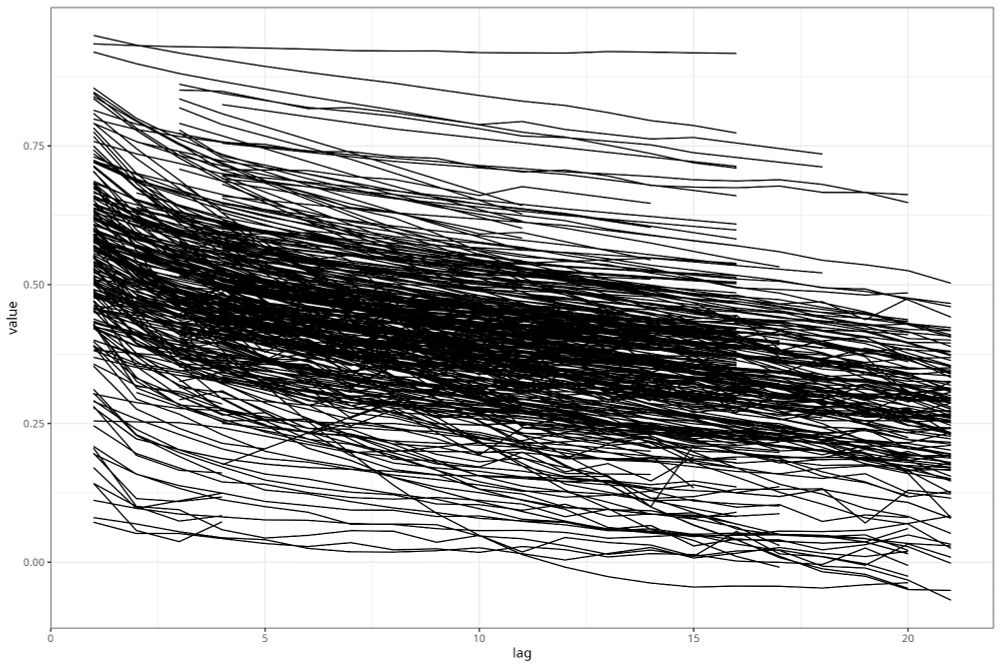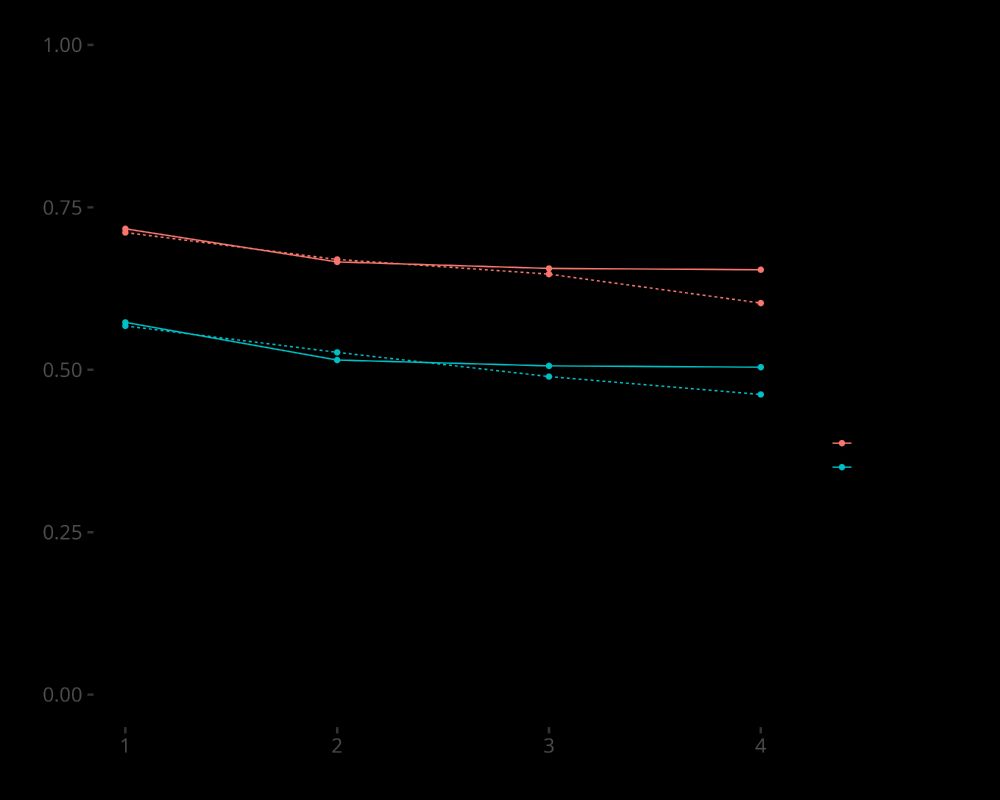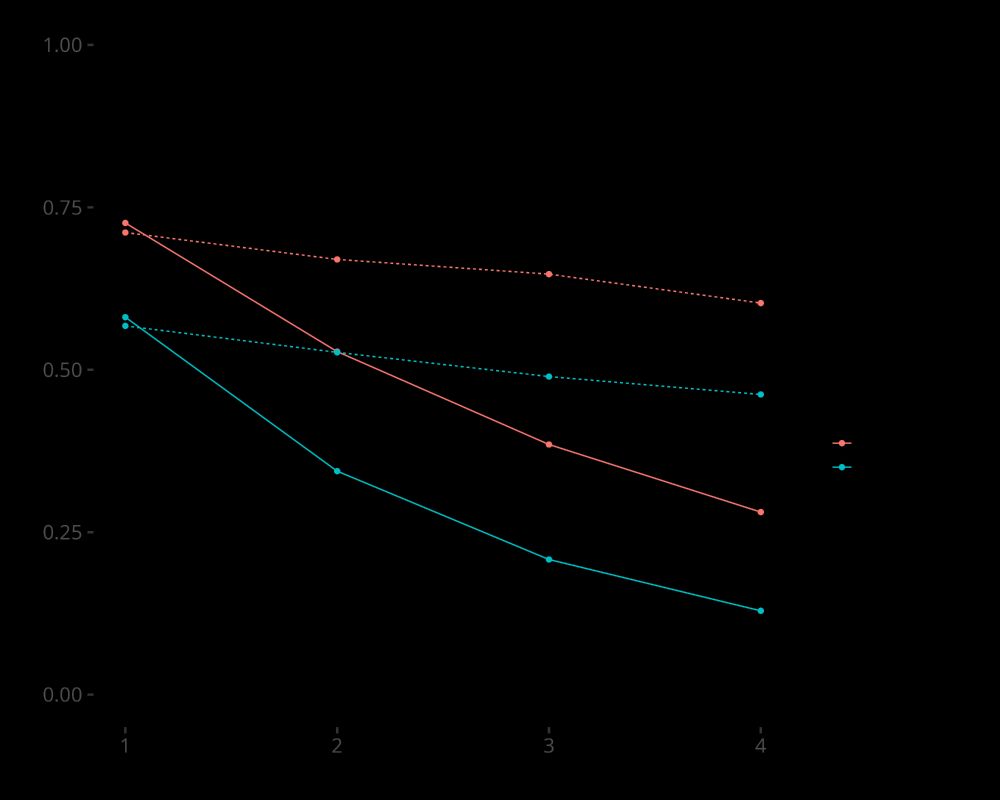Rich Lucas
@richlucas.bsky.social
980 followers
240 following
49 posts
Personality & subjective well-being; Interested in open science & research practices. Editor at JPSP:PPID. Web: richlucas.org Blog: http://deskreject.com @[email protected]
Posts
Media
Videos
Starter Packs
Rich Lucas
@richlucas.bsky.social
· Feb 12
Reposted by Rich Lucas
Rich Lucas
@richlucas.bsky.social
· Feb 23
Reposted by Rich Lucas
Michael D. Krämer
@mdkraemer.bsky.social
· Feb 12








